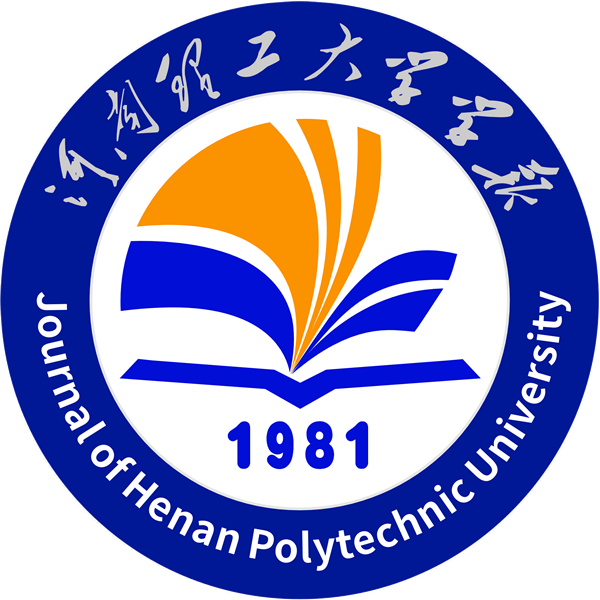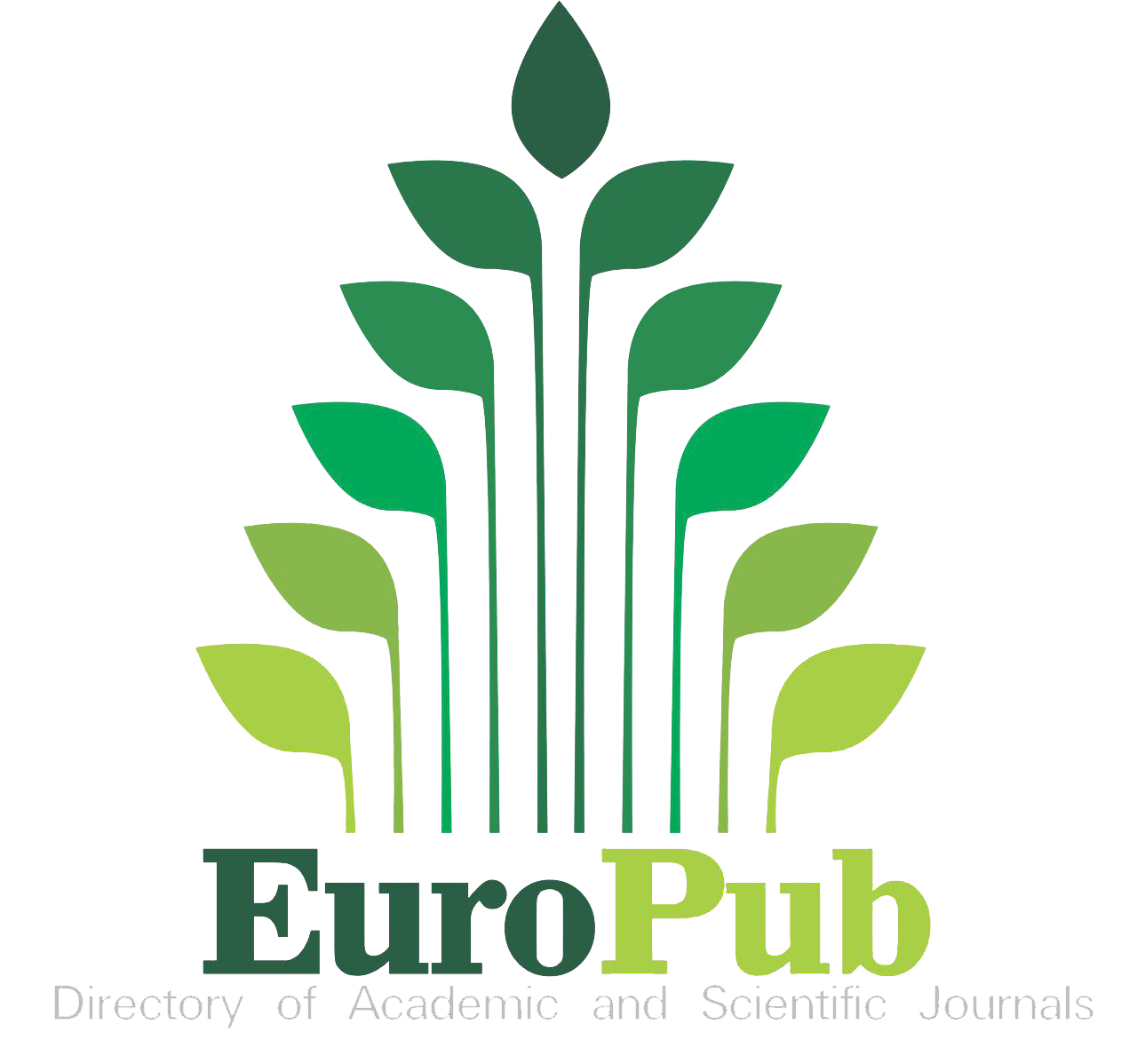| Author: QIN Ge ZHAO Ximei MING Pingmei LI Yongliang ZHANG Xinmin | Time: 2020-07-10 | Counts: |
doi:10.16186/j.cnki.1673-9787.2020.4.10
Received:2019/12/09
Revised:2020/02/26
Published:2020/07/15
Effect of surfactants on microstructure and properties of the electrodeposition nano-WO3-Cu composite coatings
QIN Ge, ZHAO Ximei, MING Pingmei, LI Yongliang, ZHANG Xinmin
School of Mechanical and Power Engineering, Henan Polytechnic University,Jiaozuo 454000 , Henan,China
Abstract:In order to investigate the effect of surfactants on the nanocomposite electrodeposition process, the effects of common anionic, cationic and nonionic surfactants on electrodepositing process of WO3-Cu nanocomposite coatings were studied. The surface morphologies and composition of the WO3-Cu coating obtained in the electrodepositing with surfactants addition were analyzed by SEM and energy dispersive X-Ray spectroscopy (EDS ). Contact angle measurement, self-cleaning property test, friction , wear test and photocatalysis test were taken to value the wetting, self-cleaning properties, wear resistance and photocatalytic properties of the WO3-Cu coatings, respectively. The results showed that different surfactants had a great influence on the surface morphology and WO3 contents of WO3-Cu coatings. In the composite electrodeposition using a combination of cationic and non-ionic surfactants, the content of WO3 in WO3-Cu coatings could reach maximum value of 25.9% . After the fluorination modification,the contact angle of the WO3-Cu coating surfaces was about 155°. Compared to the pure Cu,the composite coatings had significantly self-cleaning properties,wear resistance and photocatalytic properties.
Key words:surfactant;electrodeposition;nano-WO3 -Cu composite coating;superhydrophobic;self-cleaning
- 附件【表面活性剂对电沉积纳米WO_3_Cu复合镀层组织及其性能的影响_秦歌.pdf】Download 次

